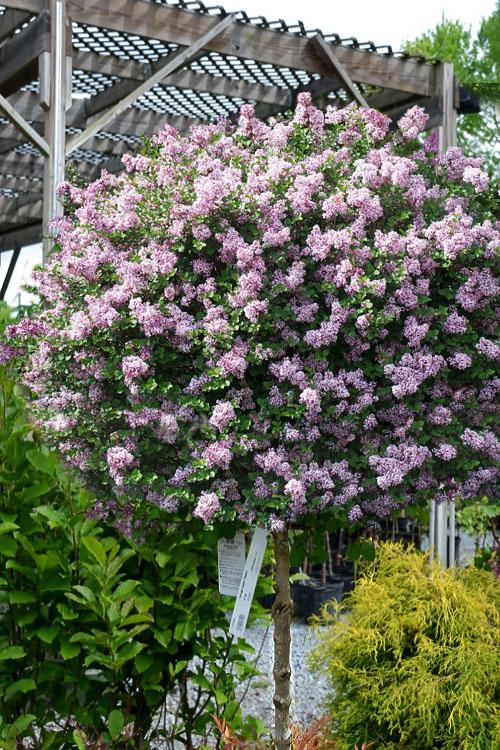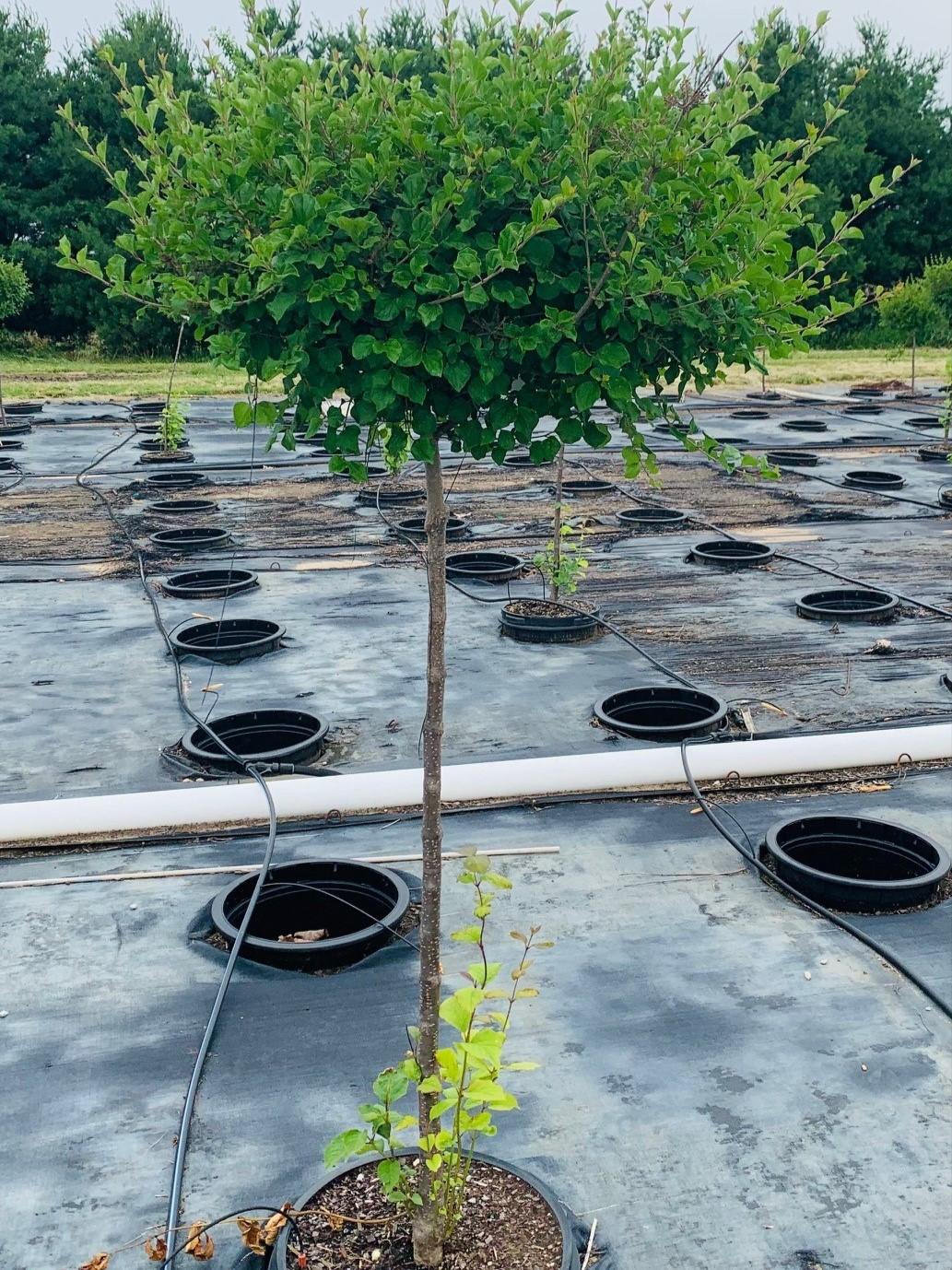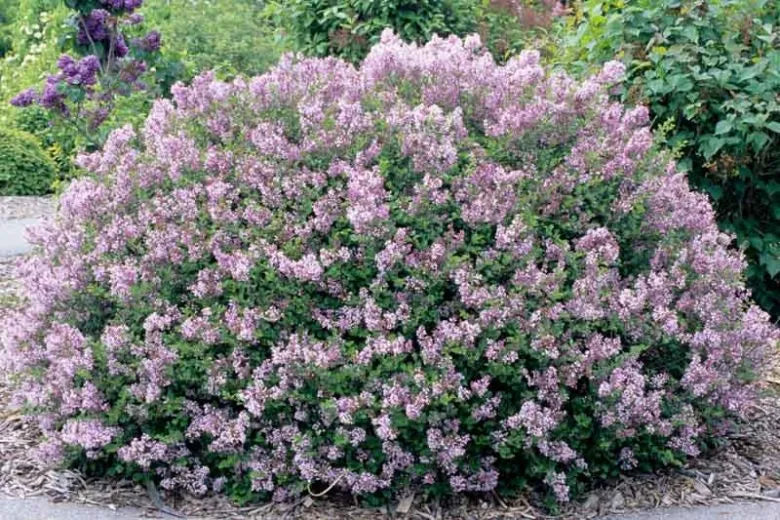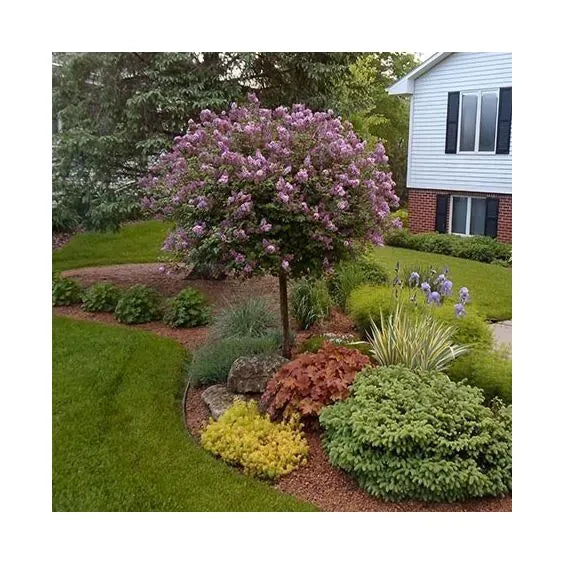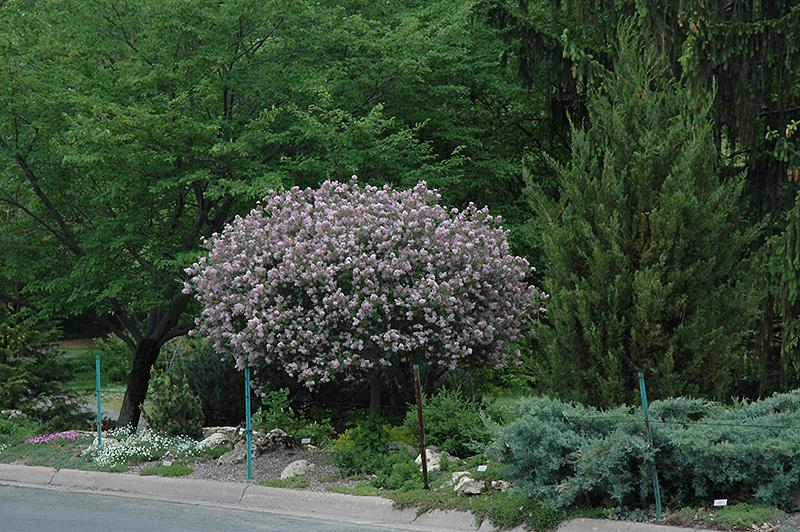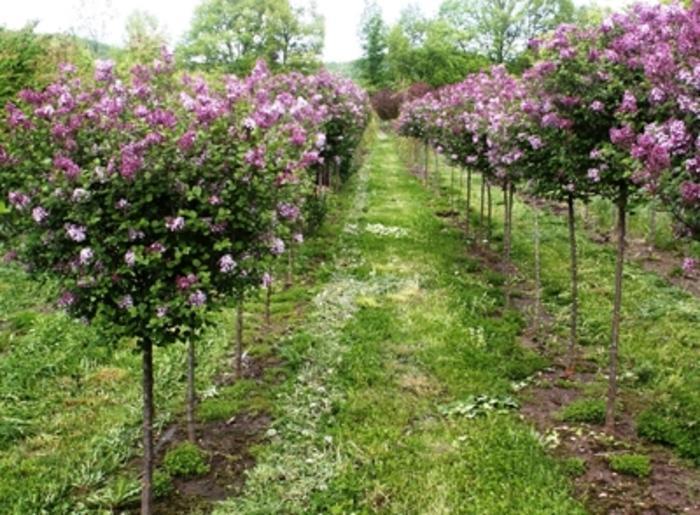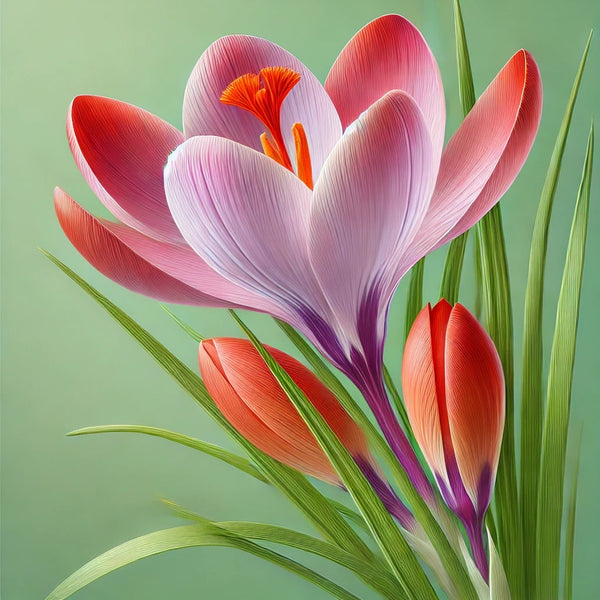1
/
of
15
Dwarf Korean Lilac Tree-Syringa meyeri 'Palibin'-Fragrant Blooms for Small Gardens 7/8' w B&B
Dwarf Korean Lilac Tree-Syringa meyeri 'Palibin'-Fragrant Blooms for Small Gardens 7/8' w B&B
Regular price
$2,888.00 USD
Regular price
$3,754.40 USD
Sale price
$2,888.00 USD
Unit price
/
per
Shipping calculated at checkout.
SKU:nsf8310-redcrocus
Couldn't load pickup availability
Syringa meyeri 'Palibin' Tree Form
Description
The Syringa meyeri 'Palibin' Tree Form, commonly known as the Dwarf Korean Lilac Tree, is a compact and beautiful lilac variety. Its tree form is perfect for small gardens, patios, or as a focal point in landscape designs. It features fragrant, pale lavender-pink flowers that bloom profusely in late spring, attracting pollinators such as butterflies and bees.
Suggested Uses
This lilac is ideal for use in small gardens, as a patio tree, or as an ornamental feature in larger landscapes. Its compact size and fragrant blooms make it a popular choice for urban gardens and container planting.
Plant Details
-
 Botanical Name: Syringa meyeri 'Palibin' Tree Form
Botanical Name: Syringa meyeri 'Palibin' Tree Form -
 Common Name: Palibin' Dwarf Korean Lilac Tree Form
Common Name: Palibin' Dwarf Korean Lilac Tree Form -
 Size & Growth: 4-6 feet tall and wide
Size & Growth: 4-6 feet tall and wide -
 Hardiness Zones: 3-7
Hardiness Zones: 3-7 -
 Foliage Type: Deciduous
Foliage Type: Deciduous -
 Bloom Time: Late spring
Bloom Time: Late spring -
 Growth Rate: Slow to moderate
Growth Rate: Slow to moderate -
 Light Requirements: Full sun
Light Requirements: Full sun -
 Attracts Pollinators: Yes
Attracts Pollinators: Yes -
 Indoor Friendly: No
Indoor Friendly: No -
 Container Friendly: Yes
Container Friendly: Yes -
 Deer Resistant: Yes
Deer Resistant: Yes -
 Pet Warning: Non-toxic
Pet Warning: Non-toxic -
 Fragrant: Yes
Fragrant: Yes -
 Cut Flower: Yes
Cut Flower: Yes -
 Grows Well With: Roses, peonies, and other sun-loving perennials
Grows Well With: Roses, peonies, and other sun-loving perennials
Care Tips
-
 Planting Instructions: Plant in well-drained soil with good air circulation.
Planting Instructions: Plant in well-drained soil with good air circulation. -
 Soil Moisture: Keep soil consistently moist, but not waterlogged.
Soil Moisture: Keep soil consistently moist, but not waterlogged. -
 Soil Type: Prefers slightly acidic to neutral soil.
Soil Type: Prefers slightly acidic to neutral soil. -
 Humidity: Tolerates average humidity levels.
Humidity: Tolerates average humidity levels. -
 Pruning Instructions: Prune after flowering to maintain shape and encourage new growth.
Pruning Instructions: Prune after flowering to maintain shape and encourage new growth. -
 Winter Care: Mulch around the base to protect roots in colder climates.
Winter Care: Mulch around the base to protect roots in colder climates. -
 Planting Depth: Plant at the same depth as in the nursery pot.
Planting Depth: Plant at the same depth as in the nursery pot. -
 Fertilization: Fertilize in early spring with a balanced fertilizer.
Fertilization: Fertilize in early spring with a balanced fertilizer. -
 Special Care: Deadhead spent blooms to encourage more flowering.
Special Care: Deadhead spent blooms to encourage more flowering.
Share
